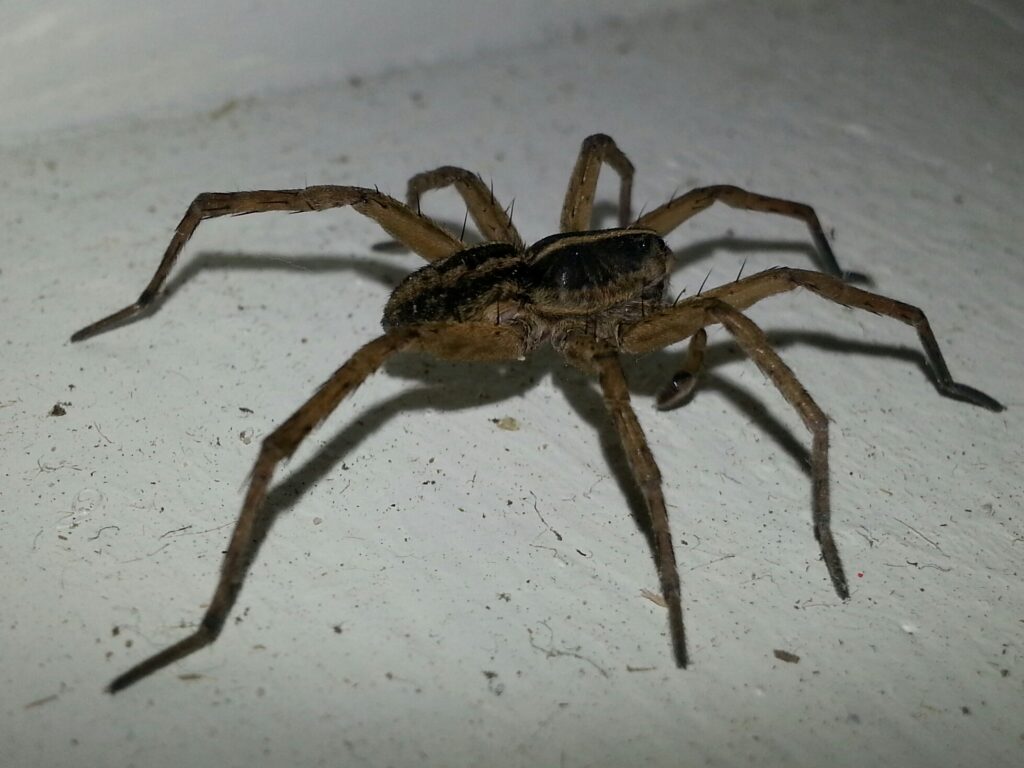 A clean and well-maintained home is the best prevention for any pest, including carpenter ants. Still, cleanliness and maintenance cannot guarantee that your house remains pest-free, so you should have a carpenter ant pest control service on speed dial.
Carpenter ants are destructive. While they do not eat wood like termites, they burrow into it, weakening your home's structure. A single carpenter ant colony will also grow, spreading into satellite colonies throughout your house.
Despite the assumption carpenter ants only affect cabins or houses in the woods, these pests are common occurrences in suburbs and commercial districts. Thankfully, you can minimize your risks when you take appropriate action.
A clean and well-maintained home is the best prevention for any pest, including carpenter ants. Still, cleanliness and maintenance cannot guarantee that your house remains pest-free, so you should have a carpenter ant pest control service on speed dial.
Carpenter ants are destructive. While they do not eat wood like termites, they burrow into it, weakening your home's structure. A single carpenter ant colony will also grow, spreading into satellite colonies throughout your house.
Despite the assumption carpenter ants only affect cabins or houses in the woods, these pests are common occurrences in suburbs and commercial districts. Thankfully, you can minimize your risks when you take appropriate action.
4 Steps To Minimize Carpenter Ant Risk
Carpenter ants are not inevitable; no pest is. Homeowners can protect their property, but it takes effort and action. You must figure out what motivates pests to infiltrate your home. What makes ants or any species risk conflict with humans? The primary motivation of any pest — insect, arachnid, rodent, or other wildlife — is food, water, and shelter. If you can eliminate access to these things, you significantly reduce the risk of infestations. A four-step process is efficient for pest management and mitigation. If you follow the process, you may never have to deal with the threat of a carpenter ant infestation.1. Keep Eating Areas Clean
Ants are always out scouting for food sources. Your kitchen and dining room spaces can provide sustenance for a colony. Crumbs, dirty dishes, pet food, and loosely packaged dry goods all make excellent meals for hungry and hunting ants.
You can eliminate temptation by maintaining clean eating areas. Wash dishes after every meal. Remove trash from the home every evening. Vacuum carpeting daily. Finally, store dry goods correctly and don't leave pet food out all day long.
2. Seal Interior and Exterior Cracks
Ants do not need large openings to squeeze into your home. Even carpenter ants, the largest ant species, can get through almost imperceptible openings.
You can prevent ant infestations by ensuring you or someone else seals all the cracks and opening around your property. You should check the interior and exterior of the house. It might be best to hire a carpenter ant removal service or pest control company for the task because technicians receive training in locating entry points.
3. Trim Branches and Bushes Away From Home
You don't want to make it easy for carpenter ants or other pests to get on or in your home. Overgrown trees and bushes can offer bridges to the structure or provide shelter until the pests can find or make an entry.
If you can, trim your trees and bushes, ensuring there is enough space between plantings and your home's structure. If you need help, consider hiring a landscaper.
4. Repair Any Damaged or Damp Wood Around the Home
While carpenter ants can chew through most woods, they prefer soft or damaged lumber because it is easier to burrow through. Perform multiple inspections of your property throughout the year to locate any damp or damaged wood. Replace the elements that require it to reduce the risk of carpenter ants.

